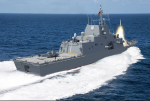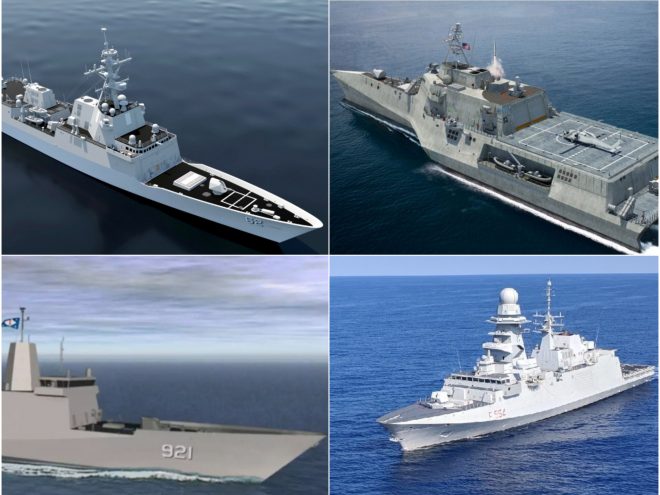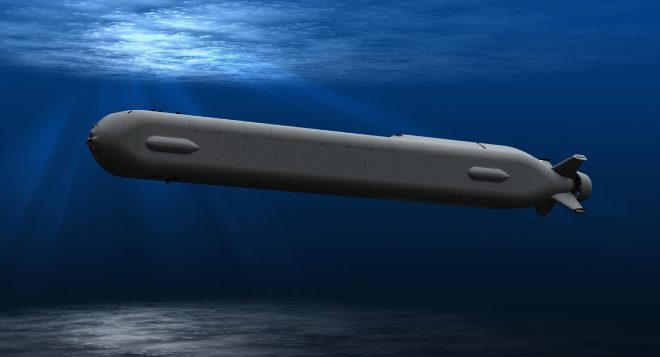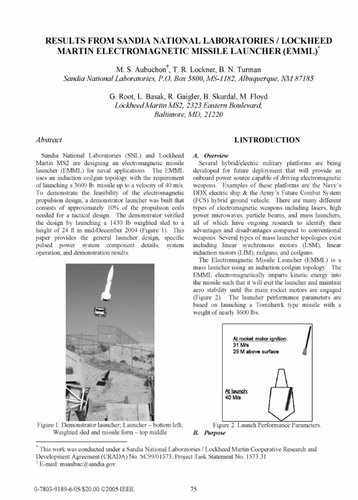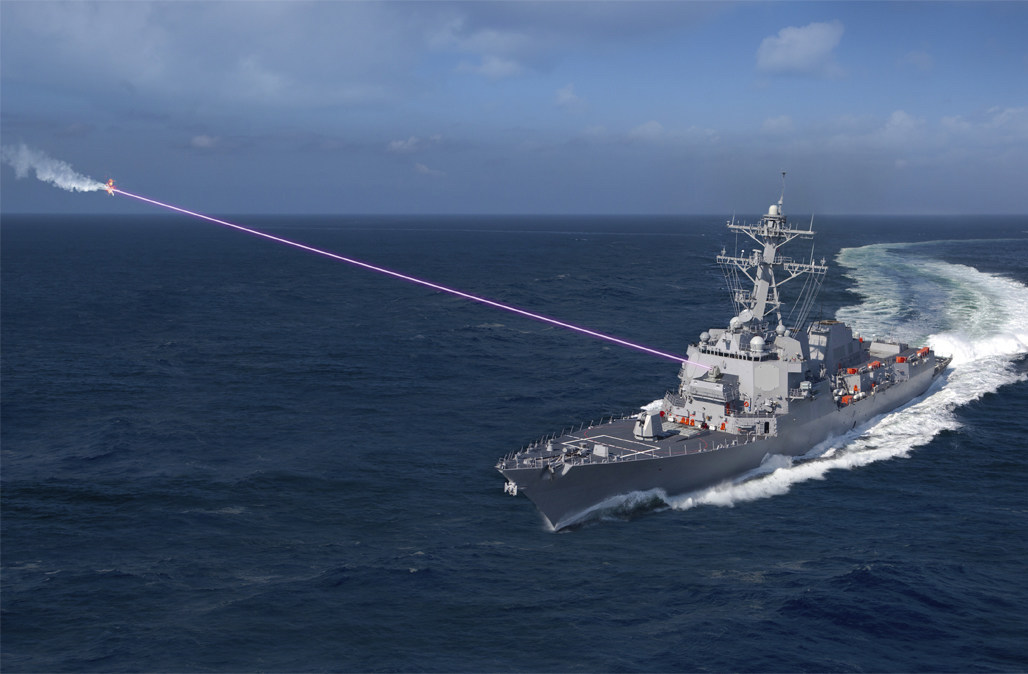The Navy wants to develop and procure three new types of unmanned vehicles (UVs) in FY2020 and beyond—Large Unmanned Surface Vehicles (LUSVs), Medium Unmanned Surface Vehicles (MUSVs), and Extra-Large Unmanned Undersea Vehicles (XLUUVs). The Navy is requesting $628.8 million in FY2020 research and development funding for these three UV programs and their enabling technologies.
The Navy wants to acquire these three types of UVs (which this report refers to collectively as large UVs) as part of an effort to shift the Navy to a new fleet architecture (i.e., a new combination of ships and other platforms) that is more widely distributed than the Navy’s current architecture. Compared to the current fleet architecture, this more-distributed architecture is to include proportionately fewer large surface combatants (i.e., cruisers and destroyers), proportionately more small surface combatants (i.e., frigates and Littoral Combat Ships), and the addition of significant numbers of large UVs.
The Navy wants to employ accelerated acquisition strategies for procuring these large UVs, so as to get them into service more quickly. The emphasis that the Navy placed on UV programs in its FY2020 budget submission and the Navy’s desire to employ accelerated acquisition strategies in acquiring these large UVs together can be viewed as an expression of the urgency that the Navy attaches to fielding large UVs for meeting future military challenges from countries such as China.

![y7wK5v0[1].jpg](/data/attachments/150/150345-54e2d8b71c21892ce5e8ad8be2da28f3.jpg)
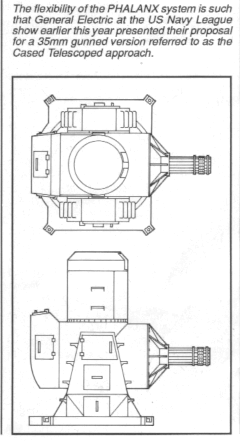
![qVwaTOB[1].jpg](/data/attachments/150/150354-0a04362848c3dc9236aafcec61c02b66.jpg)
